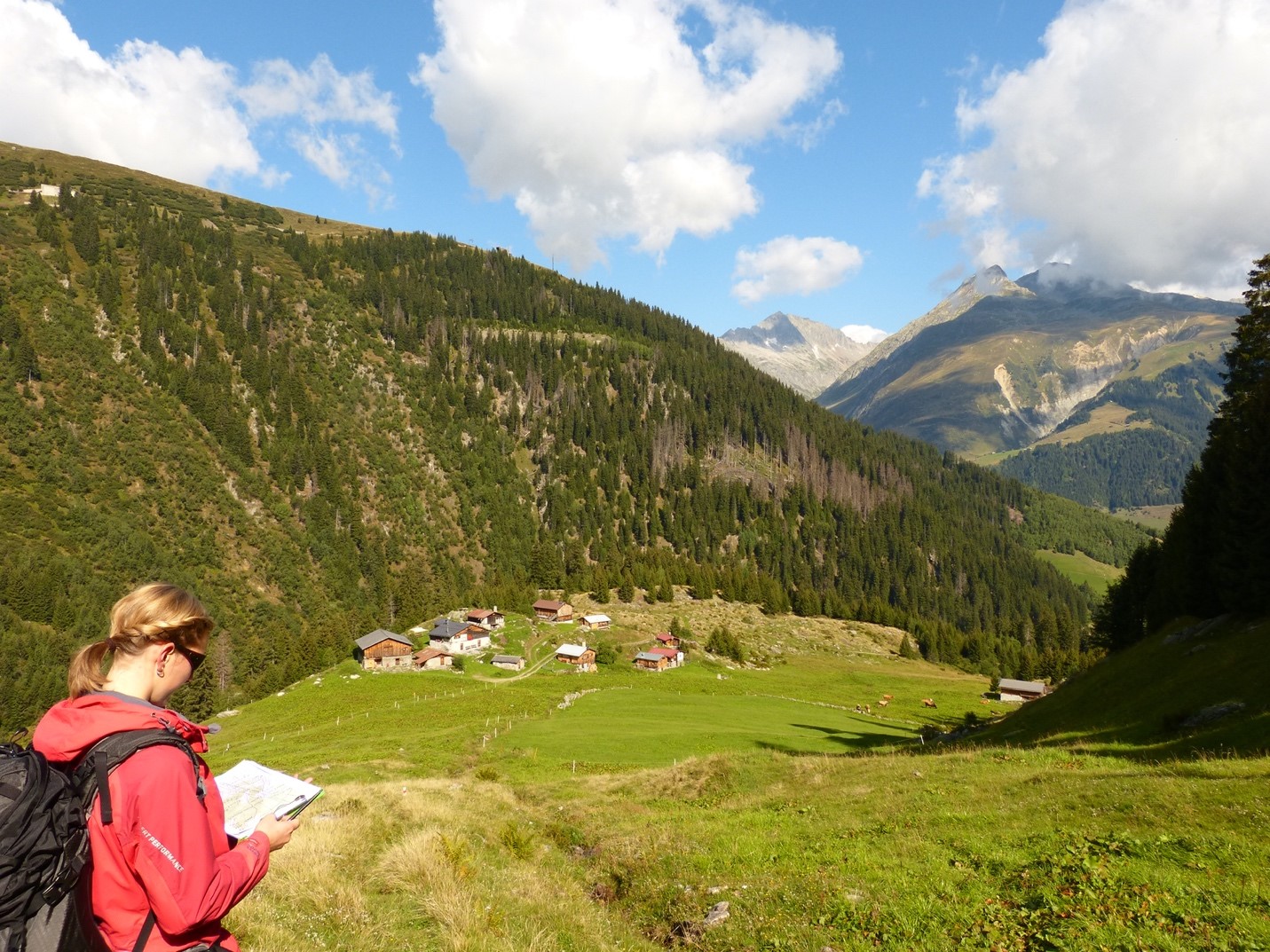Embracing structural uncertainty in models of forest dynamics - Tree demography and disturbances

Models of forest dynamics are important tools to assess the future of forests and their benefits to societies. These models have developed into complex structures describing multiple ecological processes at different scales and whose underlying assumptions and behaviour are difficult to understand. Each of the individual ecological processes can be formulated in different ways, often reflecting limited data availability, current knowledge or the purpose of the model itself. Just deciding to use one specific formulation for each process ignores the uncertainty that arises from this choice. Furthermore, in such a complex model structure it is challenging to track down the different assumptions or the general model behaviour to specific ecological processes formulation. These issues translate into uncertainties in model behaviour that have largely been ignored to date.
In the present sub-project, the objective is to find ways to assess and quantify the structural uncertainty of a landscape-level model (LandClim), reduce its uncertainty and use this for future projections. We will focus on landscape-level processes such as disturbances caused by bark beetles. Modelling large-scale disturbances and particularly the evaluation of disturbance models is challenging, among others because there is insufficient knowledge on disturbance history of any given landscape and thus the key characteristics of the pertaining disturbance regimes. As a consequence, most disturbance models contain qualitatively “reasonable”, but quantitatively uncertain relationships.
In previous projects, Temperli et al. (external page2013call_made[1] and external page2015call_made[2]) developed a multi- scale model of bark beetle infestations. It allowed for novel insights regarding the large-scale, long-term impacts of bark beetles on mountain forest ecosystems. However, it is not known to what extent the projections from this model would change if the form of the dependencies was assumed to be different, and what the possible compensatory or compounding cascading effects of single and multiple structural changes would be. Thus, our analyses will first focus on the most uncertain relationships within this bark beetle submodule of LandClim.
Funding
The project is funded by the Swiss National Science Foundation (SNSF).
Status of the project
The project runs from July 2020 to June 2024.
Contact
Please contact Olalla Díaz-Yáñez or Harald Bugmann for more information.
References
[1] Temperli, C., Bugmann, H., Elkin, C. (2013). Cross-scale interactions among bark beetles, climate change, and wind disturbances: a landscape modeling approach Ecological Monographs 83(3), 383-402. external pagehttps://dx.doi.org/10.1890/12-1503.1call_made
[2] Temperli, C., Veblen, T., Hart, S., Kulakowski, D., Tepley, A. (2015). Interactions among spruce beetle disturbance, climate change and forest dynamics captured by a forest landscape model Ecosphere 6(11), external pageart231. https://dx.doi.org/10.1890/es15-00394.1call_made
